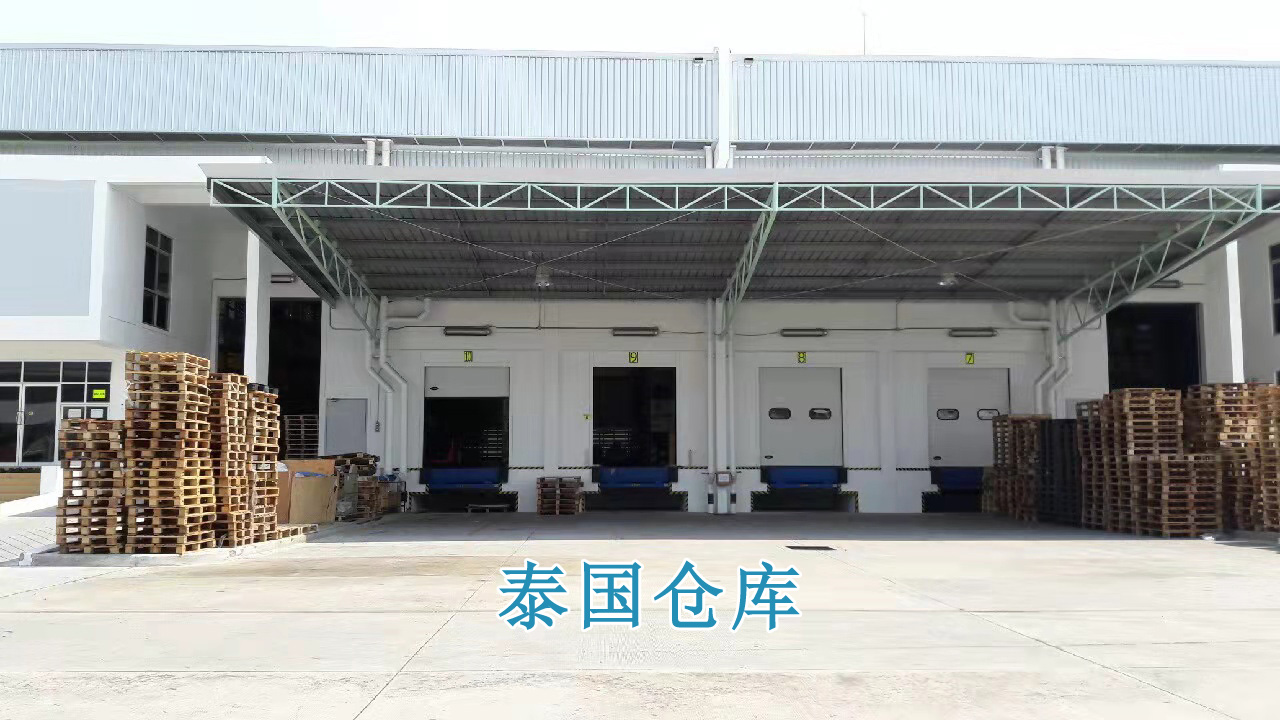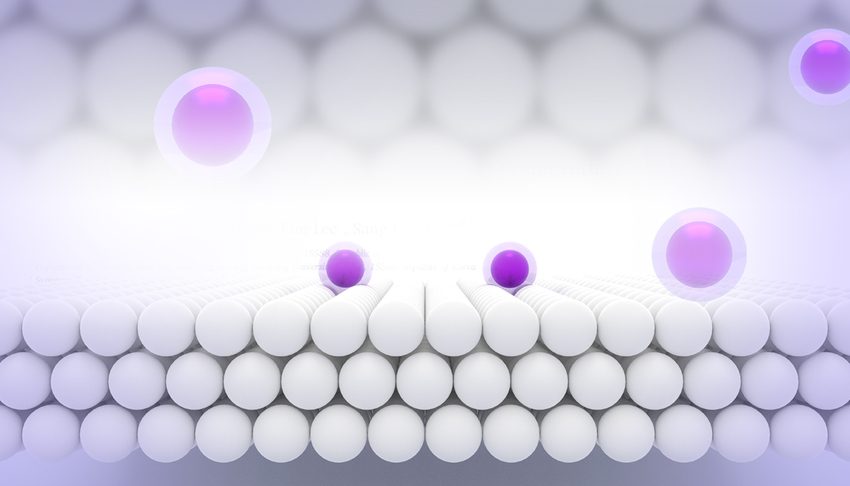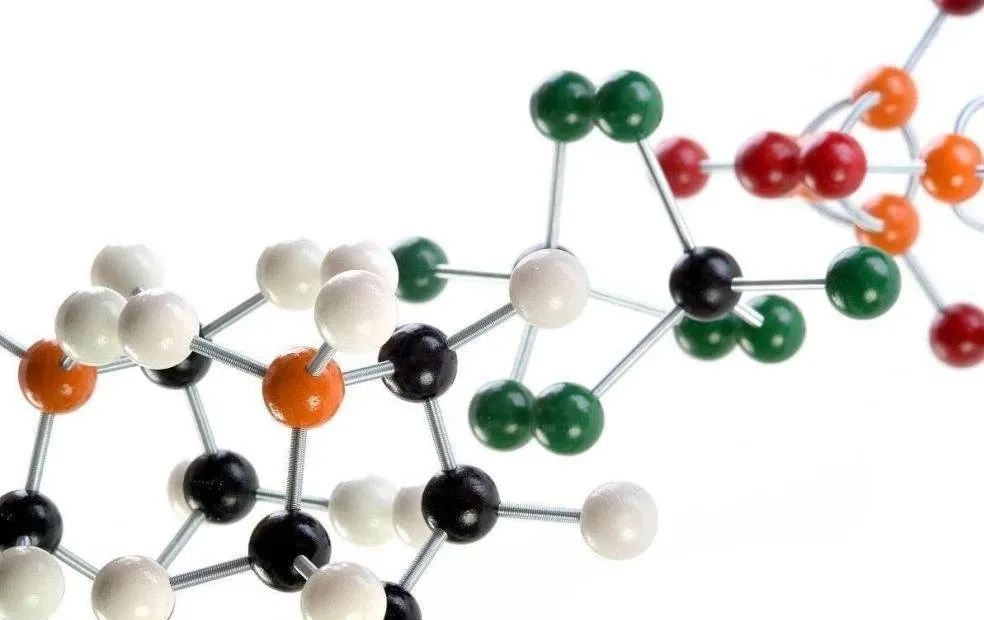Polyurethane delay catalyst is an extremely special type of catalyst among polyurethane catalysts. This type of catalyst can provide the catalytic activity required for polyurethane maturation, while also extending the service life of the product and providing more operating time for construction. Unlike inhibitors, polyurethane delay catalysts are relatively delayed rather than absolutely delayed. Compared with conventional catalysts, the activity in the front stage is lower and the overall activity is equivalent. It cannot delay the reaction in a system without adding a catalyst.
Based on different uses, we divide delay catalysts into two major categories:
Delayed catalyst for foam plastics
Delayed catalyst for CASE
(CASE means polyurethane coatings, polyurethane sealants, polyurethane adhesives and polyurethane elastomers)
Delayed catalyst for foam
Polyurethane foam includes polyurethane hard foam, soft foam, semi-rigid foam, self-skinning and other products. The main reactions involved include foaming reaction, gel reaction, trimerization reaction, etc. Therefore, commonly used catalysts for polyurethane foams are mainly divided into two types: delayed foaming catalysts and delayed gelling catalysts.
Hard foam

The main delayed gel catalysts are commonly used delayed foaming catalysts, mainly GST-225, which is a glycol solution of modified bis(dimethylaminoethyl) ether, which can delay the milky time, increase the fluidity in the early stage and accelerate the later stage. Ripe.
Soft foam
Delayed gel catalysts mainly include GST-8154 (modified triethylenediamine solution), GST-300, etc. In particular, GST-8154 is widely used in hard foam, soft foam, semi-rigid foam, self-skinning and other fields. It can also be seen in some microporous elastomer formulas.
Self-crushing

New delayed catalysts. These products are different from common catalysts on the market. They are a type of delayed catalyst specially developed by Ghost Chemical. The main products are GST-215, etc. It has the characteristics of low foaming efficiency, good delay effect, and strong gel effect. It can not only provide early fluidity, but also accelerate post-maturation and demolding. It can be used in combination with most catalysts and can replace organotin in some formulas to increase early fluidity without affecting later maturation.

Delayed catalyst for CASE
Compared with foam catalysts, the catalysts required for CASE must have the characteristics of fast gelling speed, micro-foaming or even no foaming. Common catalysts mainly include GST-12 (organic bismuth), phenylmercuric acetate, etc. Therefore, The delayed catalyst used in CASE should be comparable in catalytic activity to tin catalysts. In terms of foaming efficiency, it is difficult to achieve the effect of mercury catalysts and should be as close as possible to the effect of dibutyltin dilaurate.
Phenylmercuric acetate
At the same time, the application field of CASE is different from that of foam production. The raw materials and processes used are complicated, and the selection of polyether polyester types, differences in isocyanates, temperatures, and the sequence of synthesis steps will all lead to vastly different results. Therefore, the choice of delay catalyst for CASE products cannot be generalized and needs to be determined based on many factors.